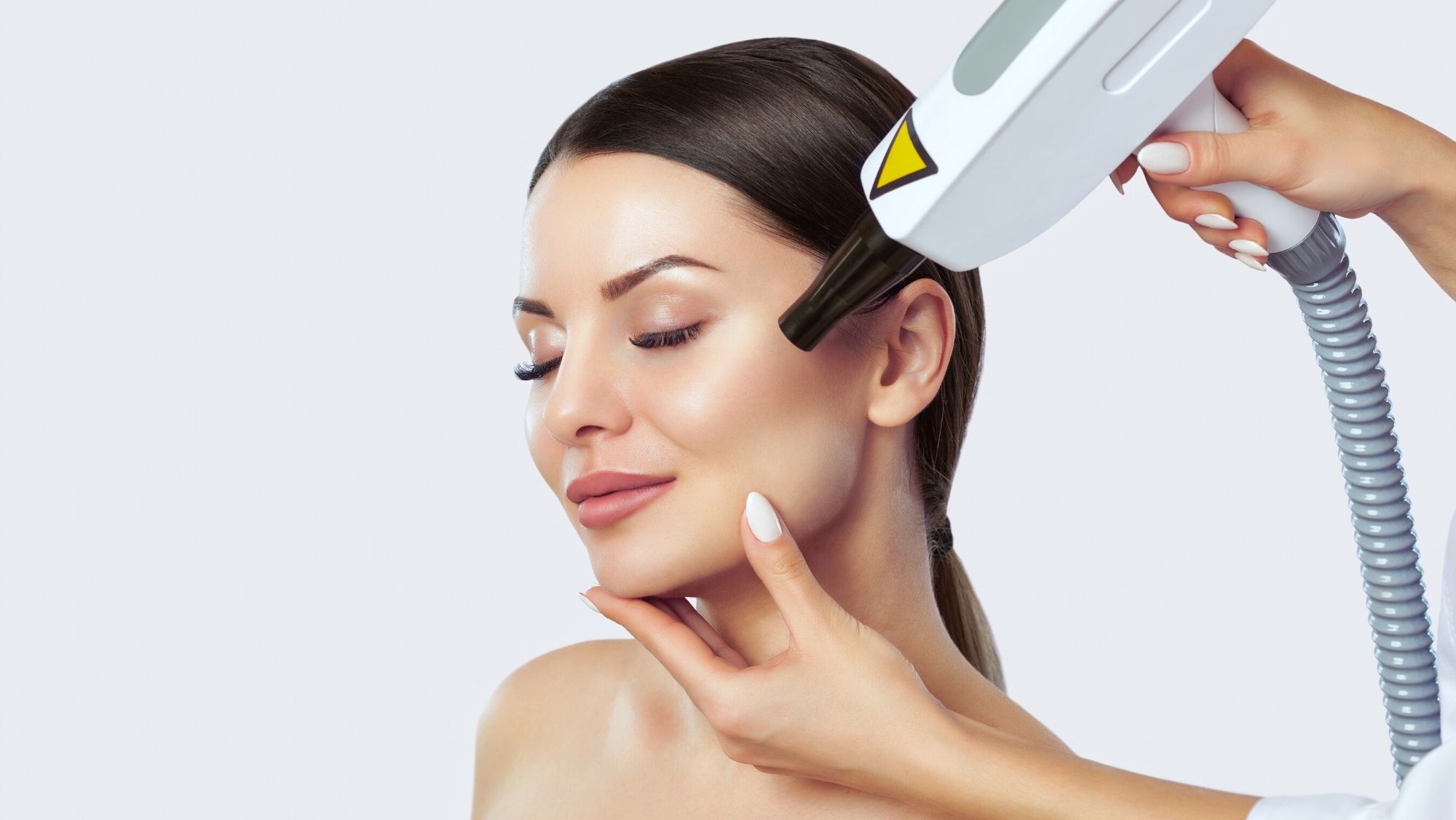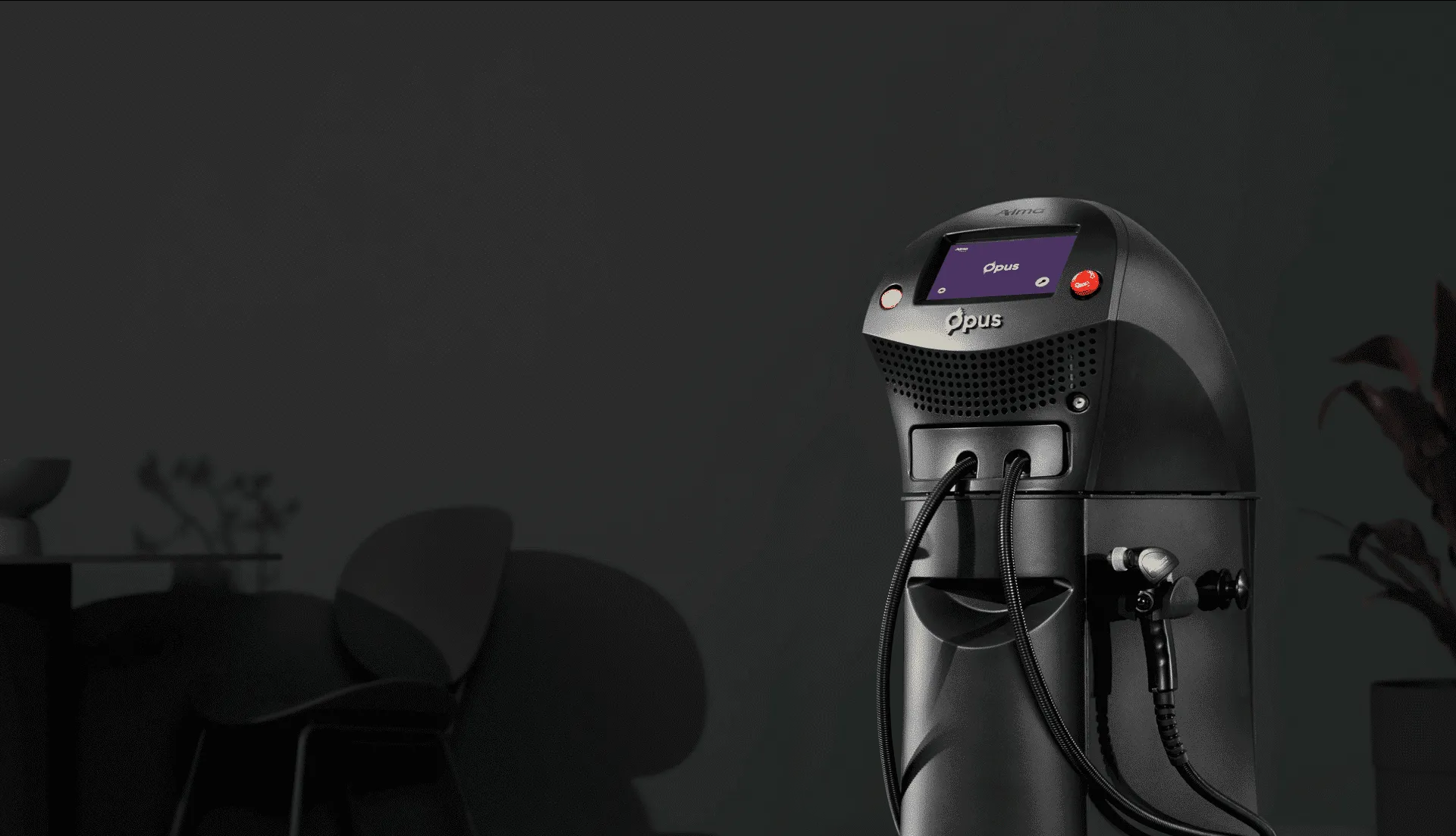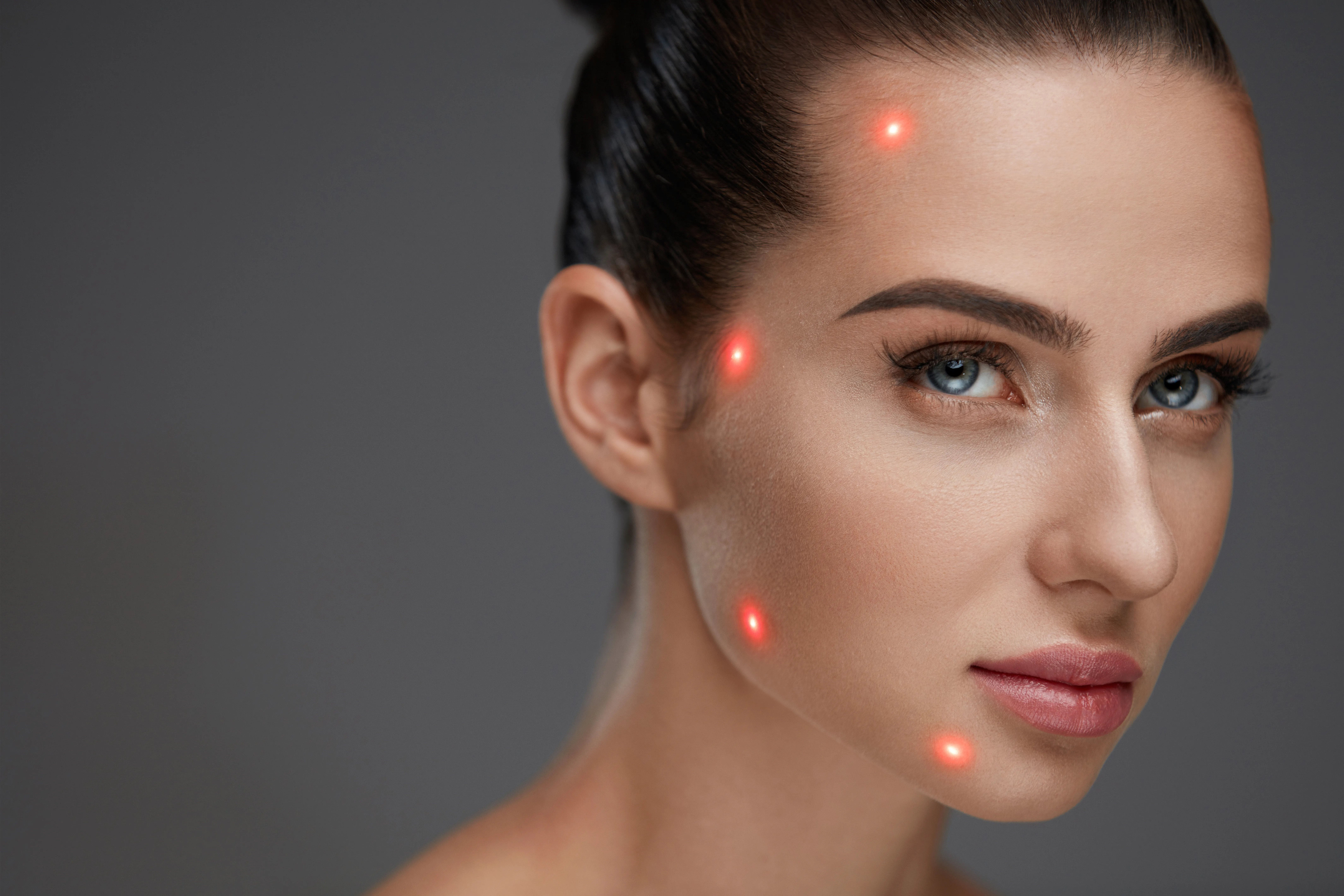Did you know that skin cancer is the most common form of cancer in Australia? UV rays can cause untold damage on the skin, and even in less serious circumstances can look blotchy and unsightly. But do you know these blemishes can be treated?
Much of that is through the use of medical lasers. Read on as we discuss laser pigment removal and its many benefits.
What Is Pigmentation?
The human body contains melanin, which exists within the skin. This is the part of the body responsible for pigmentation, which dictates the color of our epidermis. The more melanin skin has, the darker it becomes.
The production of melanin takes place in cells known as melanocytes. These are the storage depot for the body’s melanin, created within them by melanosomes. Melanocytes are deep in the epidermis, below the many layers of skin.
In some circumstances, melanin production can increase without reason. This may cause uneven areas, creating a mottled tone to the skin.
Causes of Pigmentation
Excessive pigmentation can be caused by a number of factors. Exposure to the sun is the most common.
As a result, melanocyte sizes increase and pigmentation formation develops. This is a natural reaction, done to protect the body from the harmful impact of the sun’s rays.
Genes can also have a huge impact on pigmentation levels. Birthmarks are a type of pigmentation formation that arrives when a baby is born. Freckles and sunspots are also passed on through genetics.
Hormones can also increase production, particularly during pregnancy. It can also occur after menopause. Some medical conditions may also exacerbate the situation.
Types of Pigmentation
There are a number of different types of pigmentation. Generally, they can be classified as superficial pigmentation because they exist in the first layers of skin. Dermal pigmentation is much deeper and will have more hazy borders with less definition.
Freckles
Freckles are small brown spots that appear around the eyes and cheeks. They are a superficial pigmentation. Though some people want them removed, many people find them an attractive feature.
Age Spots
Age spots occur as a result of exposure to the sun. Also known as lentigines, they are large areas of light pigmentation change. They can also be known as stubborn spots.
Melasma
Melasma is common in people of Southeast Asian origin. They are like freckles, but larger, and often join up to cover large areas. Melasma will leave a very uneven look on the skin.
Melanoma
Melanoma is a very dangerous form of pigmentation that is more commonly known as skin cancer. It is caused by exposure to the sun and UV light. Visually, it looks like a dark, slightly raised sore on the surface of the skin.
Seborrheic Keratosis
A seborrheic keratosis usually forms in later life. They are different from other pigmentation issues as they raise above the skin. They will form a hard outer shell, almost like a wound that is healing.
Nevus of Ota and Nevus of Hori
These conditions are extremely deep skin conditions. Nevus strains form large areas of grey, black, and brown pigmentation changes. They require multiple treatments to remove.
Post Inflammatory Hyperpigmentation
This pigmentation occurs after the skin has been damaged. It may have been due to an illness that has caused inflammation.
Laser Pigment Removal
The best laser pigment removal can help to solve all of the issues above. Traditional methods, such as exfoliation and medical peels, only solve the surface issues. Laser pigment removal targets areas more specifically, working faster with fewer risks.
The problem is that lasers are very powerful. If not done by a trained professional, then they can worsen the condition and cause damage. As such, a professional may recommend smaller doses over a longer period of time.
Laser Pigment Removal Guide and What to Expect
Once you have Googled laser pigmentation removal near me, you should have several options. Book a consultation to see which has the best prices and service. A good laser treatment clinic should always ask questions about your recent health history.
After a consultation, you may be invited for treatment right then or come back for an appointment. There are a number of laser methods, which you will have to choose from.
During the process, you will experience a flash of light. To protect yourself, you will need to wear eyewear. Any areas that are not set to be lasered will be covered with clothing, so as to prevent accidental exposure.
Most treatments will take no longer than fifteen minutes. A few people experience a little discomfort during the procedure, but most people do not notice anything. Minor swelling, redness, and tender skin in the area are common and should not be a cause for concern.
After the Procedure
For several days after the procedure, you may experience some discomfort. This can take the form of blistering, scab formations, flaking, swelling, and redness. You may find discoloration of a white and gray nature occurs on the treated area.
The impact of the treatment can be different depending on the person. It may suddenly turn darker, fade, or look exactly the same in the first few days. Any pain can be relieved with over-the-counter medicines or by applying ice packs to the area.
Laser Pigment Removal Tips
Avoid exposure to the sun when undergoing treatment and healing. Cover the area with light, non-stick bandages. At no point should you be in direct sunlight or use tanning beds.
Curtail physical exercise for around two days after the procedure. Avoid contact sports or anything that may impact or irritate the skin for around ten days.
Keep treatments areas clean using a mild soap. When wet, pat it dry instead of rubbing it with a towel. You may apply topicals such as hydrocortisone or dedicated post-laser gel.
Finding an Expert
Now you know the benefits of laser pigment removal, you just need to find an expert clinic to deliver it. Check the local area, and look up reviews online. Be sure to consult with a few specialists before making a decision.
If you are looking for high-quality laser devices for your medical institution, then Alma Lasers should be your first stop. We have a number of products for all your needs. Contact us here and one of our expert staff will get back to you.


















